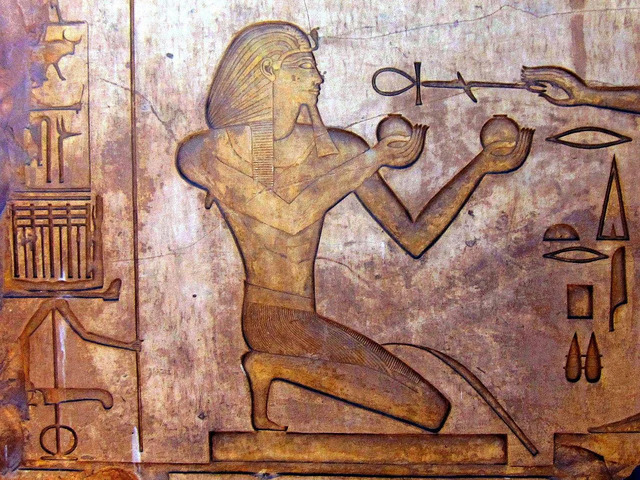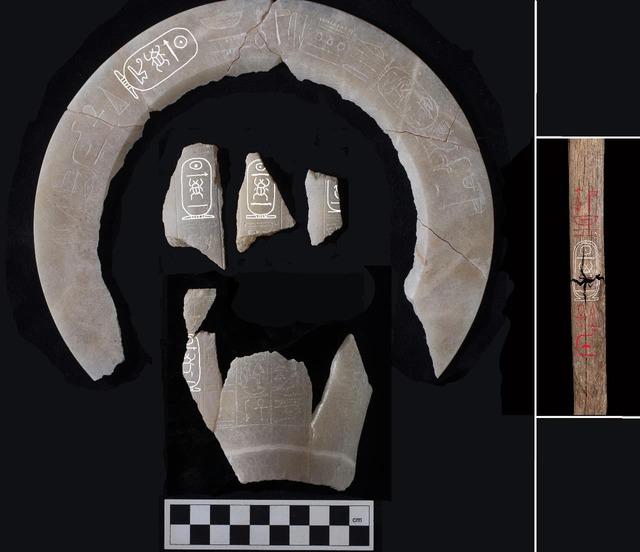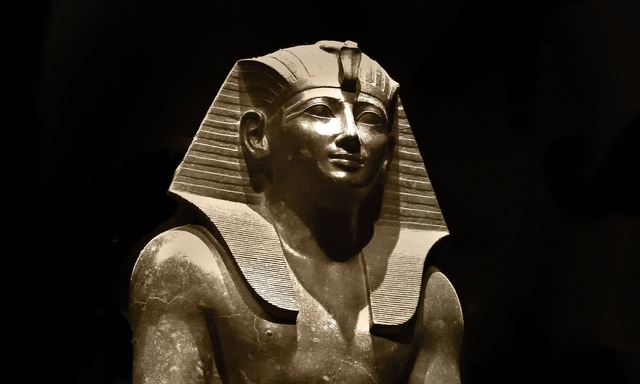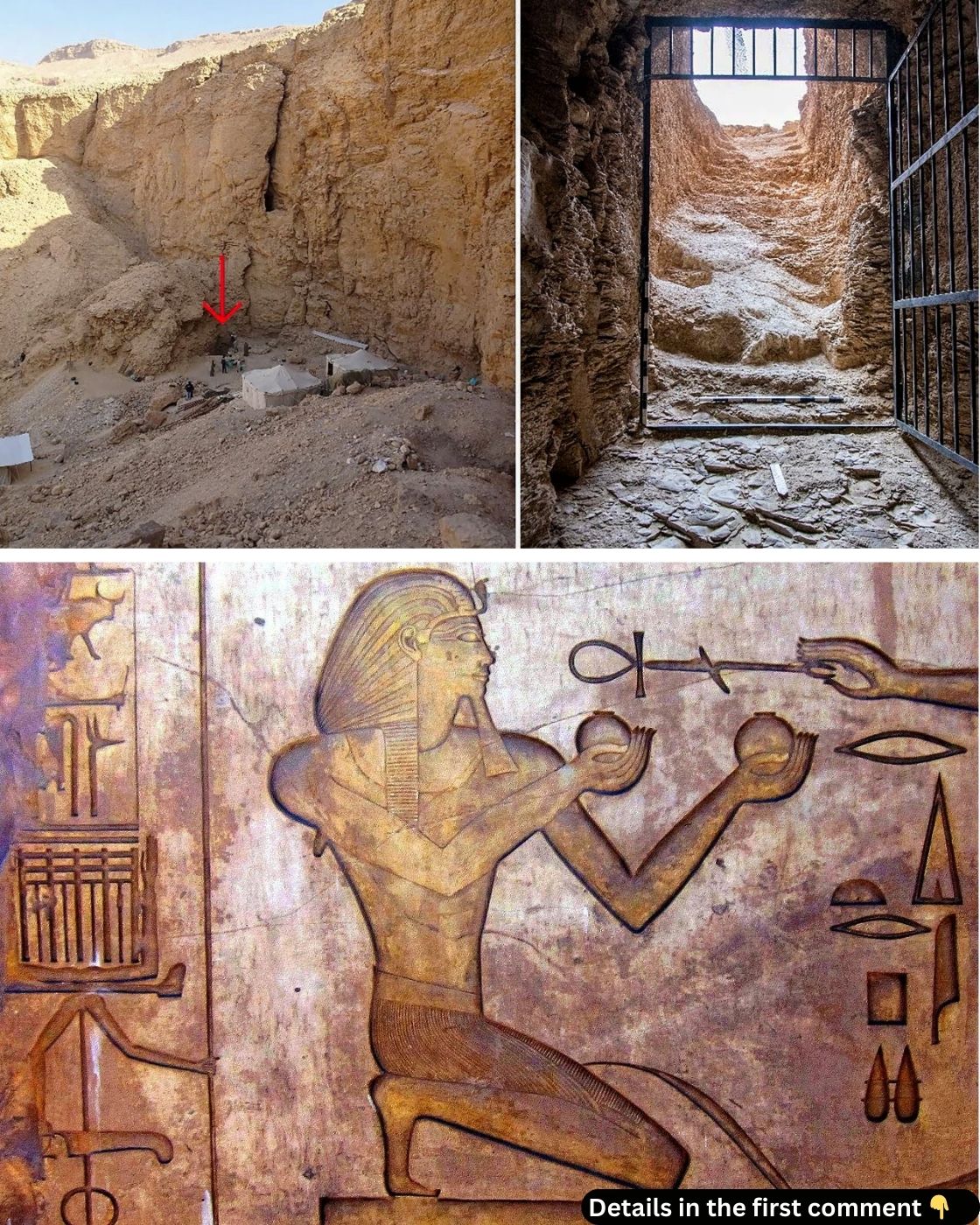In a groundbreaking discovery, archaeologists have unearthed the long-lost tomb of Pharaoh Thutmose II, a key figure in ancient Egypt’s 18th Dynasty. Located in the Western Wadis near Luxor, this tomb had remained hidden for centuries. Thought to be a royal consort’s resting place, further excavation revealed its true identity, unlocking new mysteries of Egypt’s past. This discovery not only adds depth to our understanding of Thutmose II’s reign but also sheds light on the intricacies of ancient burial practices and royal life.
The Lost Tomb: Location and Historical Context
The tomb of Thutmose II was discovered in the western desert, just 2.4 kilometers west of the Valley of the Kings, a region known for housing the remains of Egypt’s most famous pharaohs. At first, archaeologists thought they had stumbled upon the tomb of a royal wife, perhaps a consort of Thutmose III or Queen Hatshepsut. The tomb’s proximity to the burial sites of these two rulers contributed to this assumption. However, as excavation progressed and inscriptions were carefully examined, it became clear that this was no ordinary burial site. It was the final resting place of Thutmose II himself, one of the more enigmatic kings of Egypt.

Thutmose II reigned for a short but impactful time during the 15th century BCE. As the son of Thutmose I and Mutnofret, he came to power at a time when Egypt was in the midst of its imperial zenith. However, his reign was overshadowed by his powerful wife and half-sister, Hatshepsut, who assumed much of the political power and later took the title of Pharaoh in her own right. Despite his relatively brief rule, Thutmose II’s tomb offers a valuable glimpse into the grandeur of Egypt’s 18th Dynasty, a period marked by remarkable architectural and cultural achievements.
Video
Watch First Pharaoh’s Tomb Found in Egypt in 100 Years | Vantage on Firstpost | N18G to discover the groundbreaking discovery of a Pharaoh’s tomb after a century. A remarkable archaeological find!
Excavation: Unveiling the Past
In October 2022, the excavation team first uncovered the entrance to the tomb, a simple yet significant structure. As archaeologists cleared away flood debris and fragments of ancient plaster, they discovered more than just a tomb—this was a site of historical and emotional importance. The tomb itself had suffered significant damage from ancient floods that had inundated the area after Thutmose II’s death. The tomb, built beneath two waterfalls, had flooded shortly after the king’s burial, which likely led to the removal of his remains and the burial goods to another location.

The discovery was a long time in the making, with the excavation team carefully piecing together fragments of history. What made this discovery particularly poignant was the realization that Thutmose II’s tomb had been hidden for centuries. The excavation had initially pointed toward a royal consort’s tomb, but when researchers found alabaster fragments inscribed with Thutmose II’s name and his connection to Hatshepsut, the truth became clear: this was the lost tomb of one of Egypt’s forgotten rulers.
A Flooded Tomb: The Role of Water in Preservation
One of the most fascinating aspects of this discovery was the effect of water on the tomb’s preservation. The site had been partially flooded soon after Thutmose II’s burial, leading to the removal of his remains. Water damage had caused significant deterioration of the tomb’s walls and artwork. However, the flood also played a role in preserving some aspects of the tomb, including fragments of inscriptions and elaborate frescoes depicting scenes from the “Book of the Amduat,” a key funerary text used in royal burials.

The discovery of blue-painted stars and inscriptions on plaster fragments has been crucial in identifying the tomb’s owner. These decorative elements not only reflect the richness of Egyptian funerary art but also provide insights into the religious and cultural practices of the time. The tomb’s design and its elaborate artwork suggest that it served as a model for later 18th Dynasty royal tombs, offering a glimpse into the evolution of royal burial practices in ancient Egypt.

The Emotional Discovery: A Personal Moment
For Piers Litherland, the British archaeologist who co-led the excavation, the moment of discovery was deeply emotional. When he saw the decorated ceiling of the burial chamber, with its blue background and yellow star motifs, he immediately recognized the significance of the find. It wasn’t just an archaeological discovery; it was a personal moment of triumph and awe. As Litherland recalled, “When I came out, my wife was waiting outside, and the only thing I could do was burst into tears.”
The site, however, presented several challenges. The tomb’s location, under waterfalls and prone to flooding, meant that the team had to clear tons of broken limestone and debris. Despite these difficulties, the team’s perseverance and dedication eventually led to the unearthing of fragments that confirmed the tomb belonged to Thutmose II. This discovery, according to Litherland, solved a long-standing mystery in Egyptology: the location of the tombs of the early 18th Dynasty kings.

A Look Inside the Tomb: Artifacts and Funerary Texts
The tomb of Thutmose II was relatively modest in terms of architectural complexity but rich in symbolic and artistic content. Inside, the team discovered plaster fragments with inscriptions from the “Book of the Amduat,” a funerary text that guided the dead through the afterlife. The colorful and detailed frescoes, featuring blue stars and yellow motifs, provided further confirmation that this was a royal tomb.
Additionally, the tomb contained fragments of alabaster jars inscribed with Thutmose II’s name. These fragments were crucial in linking the tomb to the king, as no other funerary items bearing his name had been discovered before. The tomb’s layout, with its simple passage and burial chamber, suggested that it had served as a model for future royal burials in the region.
Thutmose II’s Legacy and the Mystery of His Reign

While Thutmose II’s reign was short, his legacy lived on through his son, Thutmose III, who would go on to become one of Egypt’s greatest pharaohs. Thutmose III’s military conquests and his role in expanding Egypt’s empire were pivotal in shaping the history of the ancient world. However, the discovery of Thutmose II’s tomb sheds new light on the complexities of the royal family and the power dynamics at play during the 18th Dynasty. The tomb’s relatively humble design and its connection to Hatshepsut offer further insights into the relationship between the two rulers and their shared history.
The Broader Impact of the Discovery
This discovery is significant not only for Egyptology but also for the broader understanding of ancient Egypt’s political and cultural history. It’s the first time in over a century that the tomb of a pharaoh has been discovered, following the 1922 unearthing of Tutankhamun’s tomb by Howard Carter. The discovery of Thutmose II’s tomb provides a rare opportunity to study the lives and burial practices of Egypt’s early 18th Dynasty rulers.
Furthermore, this discovery raises intriguing questions about the lost tombs of other Egyptian pharaohs. The search for ancient tombs continues, with archaeologists now focusing on uncovering more sites associated with Egypt’s great rulers.
Video
Watch First Pharaoh’s Tomb Discovered in Over a Century | ABC NEWS to learn about the incredible discovery of a Pharaoh’s tomb after 100 years. A must-see for history and archaeology enthusiasts!
Conclusion: The Continuing Search for Egypt’s Hidden History
The discovery of the tomb of Thutmose II is a landmark moment in the field of archaeology. It not only solves a long-standing mystery but also opens new doors for future research into ancient Egypt. As the excavation of this tomb continues to reveal its secrets, the legacy of Thutmose II and the 18th Dynasty pharaohs will come into sharper focus. The tomb’s discovery proves that even after centuries of exploration, the sands of Egypt still hold countless stories waiting to be uncovered.



